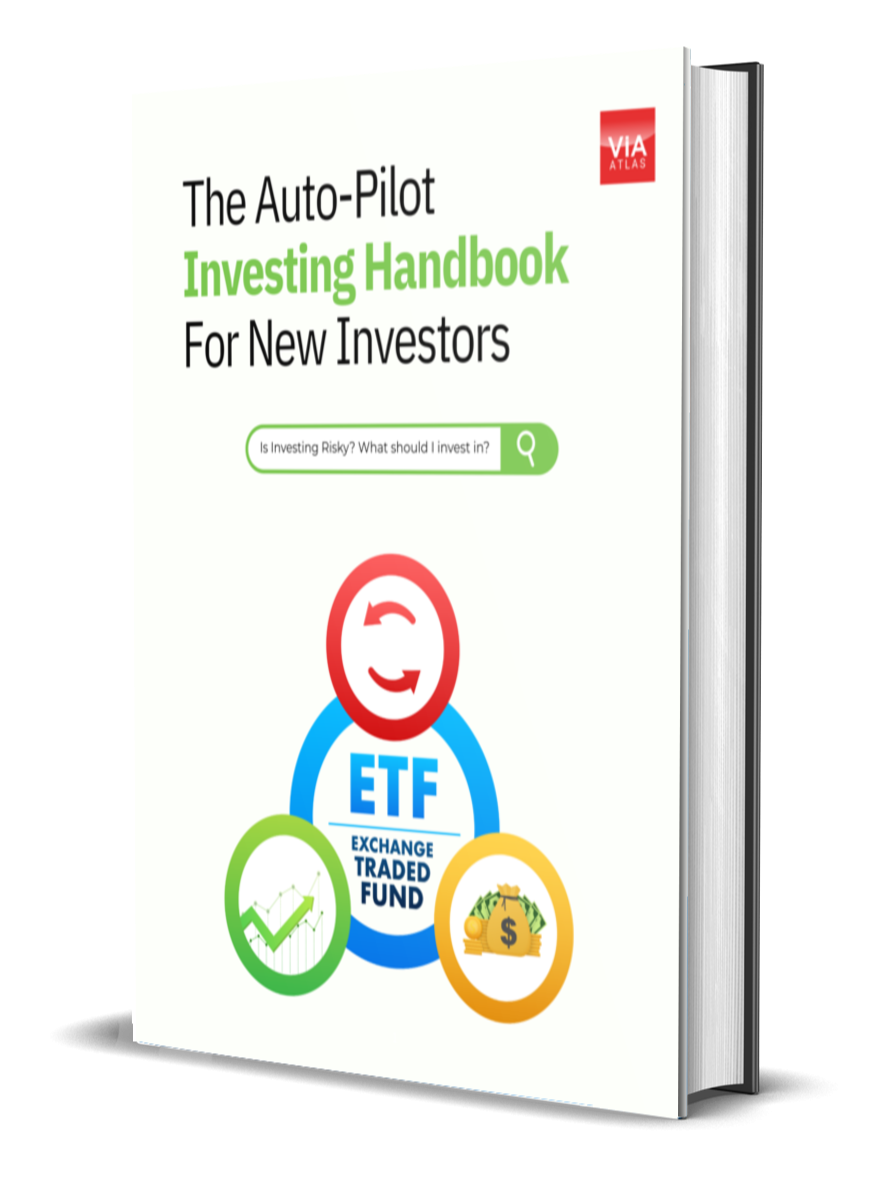How to Set Up a CPF Investment Account to Invest in T-Bills, SGS, and the STI ETF
Share this article
Are you looking to make your CPF savings work harder for you? Setting up a CPF Investment Account (CPFIA) opens doors to invest in a variety of instruments, including Treasury Bills (T-Bills), Singapore Government Securities (SGS), and the Straits Times Index Exchange Traded Fund (STI ETF). This guide will walk you through the process, helping you take control of your retirement savings.
What is a CPF Investment Account?
A CPF Investment Account is a special account that allows you to invest your CPF Ordinary Account (OA) savings in approved instruments. It's a way to potentially earn higher returns than the base CPF interest rates, but it comes with its own risks and considerations.
Eligibility Requirements
- At least 18 years old
- Not an undischarged bankrupt
- Have more than $20,000 in your CPF Ordinary Account
- Completed the CPF Self-Awareness Questionnaire (if you're a first-time investor)
Step-by-Step Guide to Opening a CPFIA
Step 1: Choose Your Agent Bank
You can open a CPFIA with one of the three local banks:
- DBS/POSB
- OCBC
- UOB
Step 2: Prepare Required Documents
You will need:
- Your NRIC
- CPF statement (accessible via the CPF website)
- Proof of address (if your NRIC address is not current)
Step 3: Apply for the Account
Online Application
- Visit your chosen bank's website
- Navigate to the CPF Investment Scheme (CPFIS) section
- Click on "Apply for CPFIA"
- Log in using your internet banking credentials
- Fill in the required information
- Review and submit your application
- Visit any branch of your chosen bank
- Inform the staff you want to open a CPFIA
- Fill out the application form
- Submit your documents
Step 4: Wait for Approval
Investing Through Your CPFIA
Investing in T-Bills and SGS
- Log into your bank's internet banking platform
- Navigate to the "Investments" or "CPFIS" section
- Select "Apply for T-Bills" or "Apply for SGS"
- Choose the specific issue you want to invest in
- Enter your investment amount (minimum usually $1,000)
- Review and confirm your application
- T-Bills are short-term (6 or 12 months)
- SGS bonds have longer maturities (2-30 years)
- Check upcoming auctions on the MAS website
Investing in the STI ETF
- Log into your bank's internet banking platform
- Go to "Investments" or "Trading"
- Select "Buy Stocks/ETFs"
- Enter the STI ETF code (ES3 for SPDR STI ETF or G3B for Nikko AM STI ETF)
- Specify the number of units you want to buy
- Review and submit your order
- The STI ETF tracks Singapore's top 30 companies
- It offers instant diversification across Singapore's economy
- Regular investing can help average out market fluctuations
Important Considerations
- Investment Limits: You can invest up to 35% of your investible savings in stocks and 10% in gold
- Fees: Be aware of transaction fees, which can eat into your returns
- Risk: Unlike the base CPF interest, returns from these investments are not guaranteed
- Liquidity: Some investments (like longer-term SGS) may be harder to sell quickly
Monitoring Your Investments
- Your bank's internet banking platform
- Quarterly CPFIA statements
- Annual CPF statements
Beyond CPF: Maximizing Your Investment Potential
While investing your CPF funds can be a great way to potentially boost your retirement savings, it's important to have a comprehensive investment strategy that includes both CPF and cash investments. Many Singaporeans find that a mix of government securities, local stocks, and global ETFs provides a balanced approach to wealth building.
Ready to Take Your Investing to the Next Level?
If you're intrigued by the potential of ETF investing and want to learn how to potentially achieve returns of 8-10%,
While government securities provide stability, ETFs can offer higher growth potential to help you reach your financial goals faster by allowing you to potentially achieve returns of 8-10%. Ready to expand your investment knowledge beyond government securities?
If you're intrigued by the potential of ETF investing and want to learn how to potentially achieve returns of 8-10%, download our Free ETF Investing eGuide today, scroll down to download your free copy now!
Related Articles
How to Set Up a CDP Account to Invest in SSB, T-Bills, and SGS
Ready to take the first step?

Get Your Free ETF eGuide
- Learn how to invest in your first ETF
- What is Index (ETF) Investing - the One Thing Needed for a Worry-Free Retirement
- The Power of Compounding - 8th Wonder of the World
- How to Keep Risk Low with Diversification & DCA
- How To Invest on AutoPilot using Exchange-Traded Funds (ETFs), Effortlessly

Suitable For
Solutions For
Mind Kinesis Investments Pte Ltd. All Rights Reserved.


